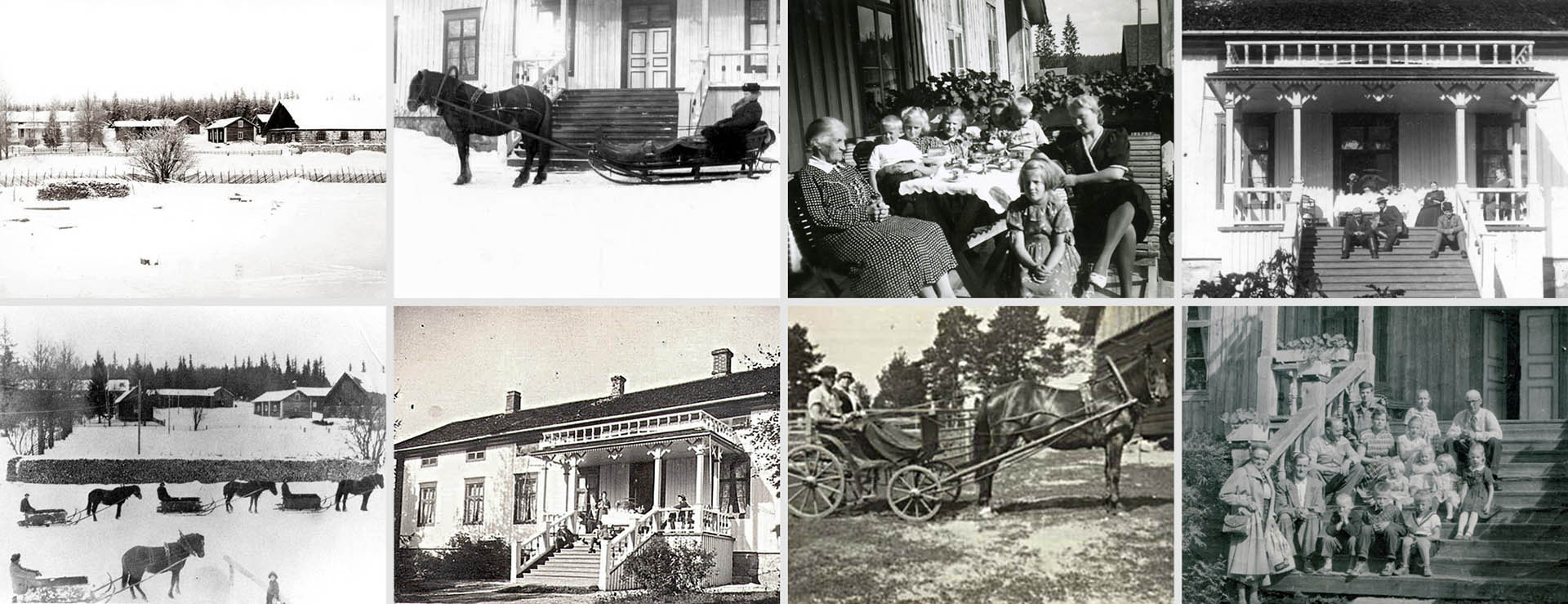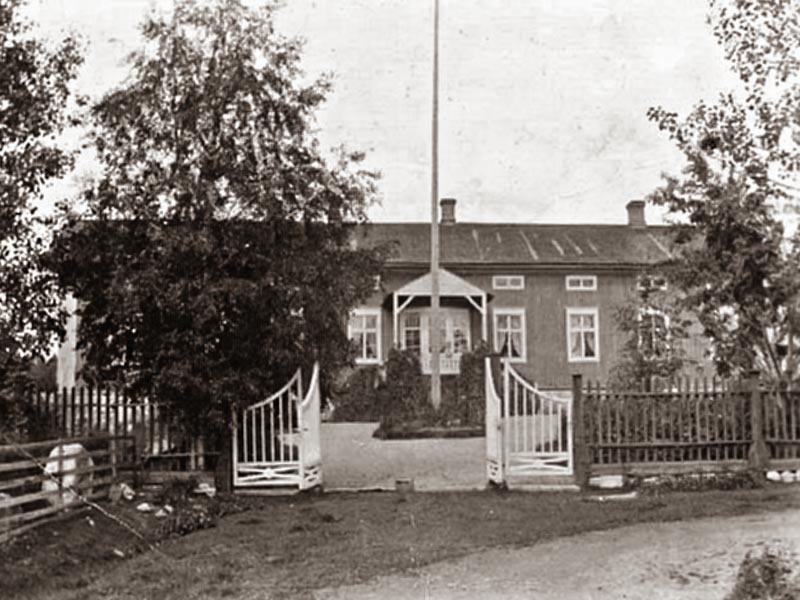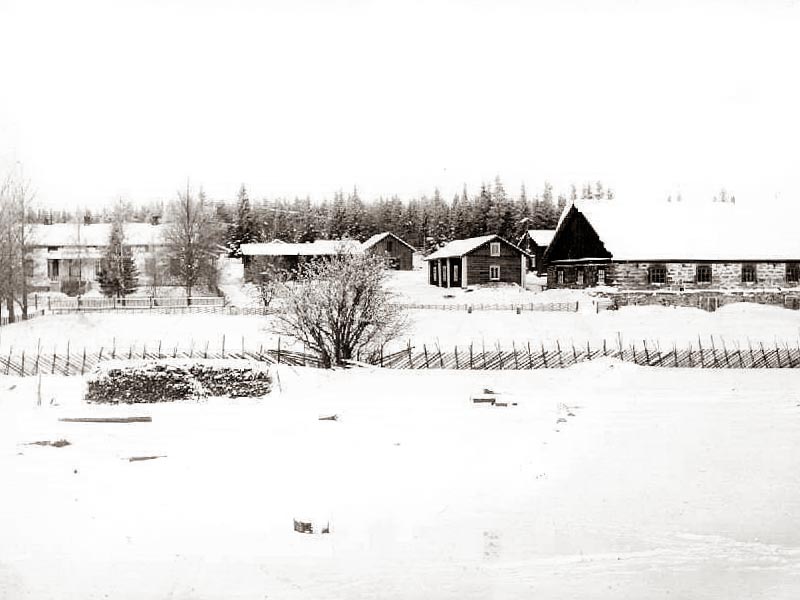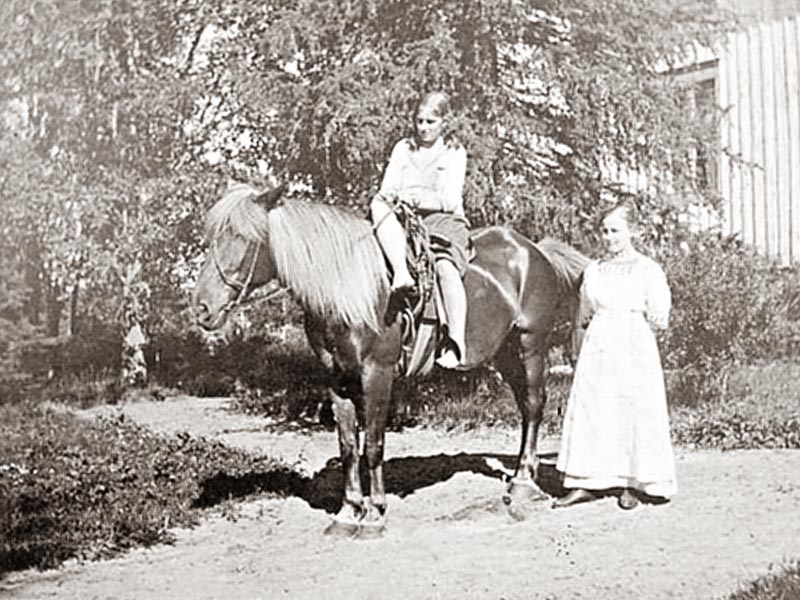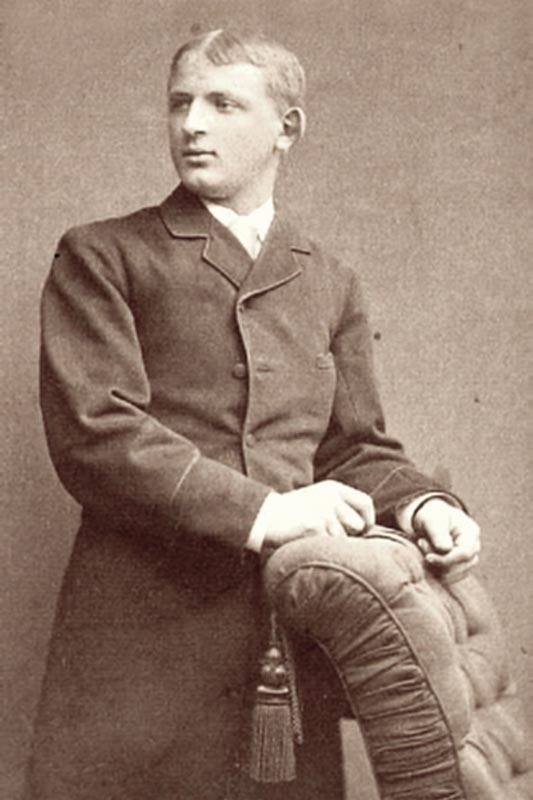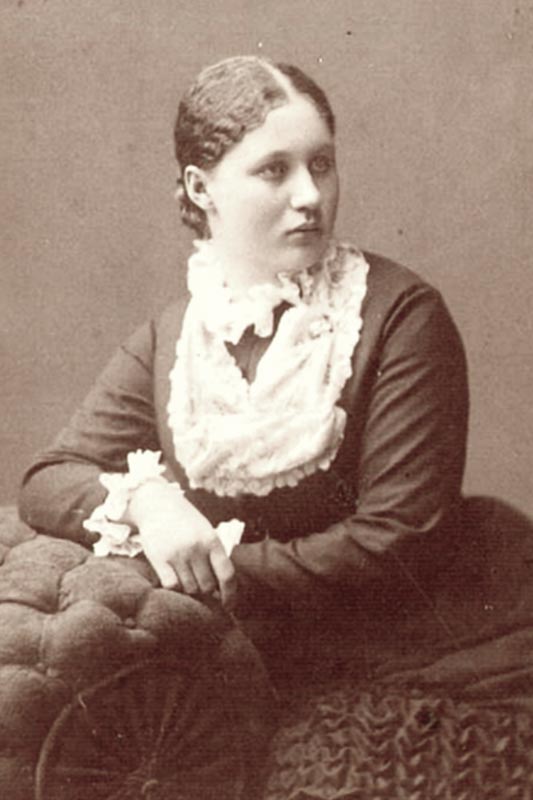In Hirvaskoski you can feel the centuries long chain of generations
The Hirvaskoski estate has a long and colourful history. The Hirvaskoski or Timosen Ruukki Iron works estate area is officially recognised as a culturally and historically significant site.
The history of the estate begins in 1841 when Timosen Saha sawmill was built. The manor house was built in 1846 to serve as the main building of the sawmill complex. Soon after, the ironworks was also established. The ironworks processed iron ore from lakes to iron ingots. The ironworks was active until 1877, when following a fire, it was not rebuilt anymore. The sawmill continued to be operational even after the ironworks was destroyed.
In 1880, Herman Nordblad, the estate stewart, bought a share of the estate and the sawmill. Subsequently, the whole estate was bought by the Nordblads in 1894. During that year, the Nordblads’ daughter Anna Holmström together with her husband Hjalmar Holmström moved from Sweden to Finland and took over the management of the estate.
The Holmström brothers founded a new sawmill and a mill to serve local needs. During this period, the Hirvaskoski Electrical Company was also founded – it has been operational and producing electricity since 1920’s till today.As the significance of the sawmill income gradually decreased, the estate started to place more focus on the modern methods of agriculture and cattle husbandry of the period. During this push, developments at the estate included building a modern cowbyre for a hundred cows. Milk processing was scaled up with a horse-powered dairy, which produced butter for export to markets as far afield as England. In 1899 a school for cattle husbandry and dairy processing was opened under the management of Anna Holmström.
Following the death of Hjalmar Anna Holmström became the owner of the estate until 1933, when the ownership was transferred to her five sons. As the estate was split, the main buildings of the manor became property of Ossian Holmström, who build the existing stable, originally as a new cow byre.
Leena and John raised horses, including a riding school, and practised agriculture until 2017.Leena and John raised horses, including a riding school, and practised agriculture until 2017.In 1945 half of the Hirvaskoski estate was transferred to the ownership of Osmo and Marjatta Holmström, including all the buildings that currently belong to the estate.
Osmo and Marjatta continued with animal husbandry, agriculture and forestry work until the death of Osmo in 1989. Marjatta died in 2001, and in 2006 the estate was bought by Leena Ylitalo (daughter of Osmo’s and Marjatta’s son Matti) together with her husband John Ylitalo.
Leena and John raised horses, including a riding school, and practised agriculture until 2017.
Vuoden 2017 lopussa tila siirtyi pääasiassa Osmo ja Marjatta Holmströmin lasten perustaman kiinteistöosakeyhtiön omistukseen.
Source: History of Hirvaskoski estate

